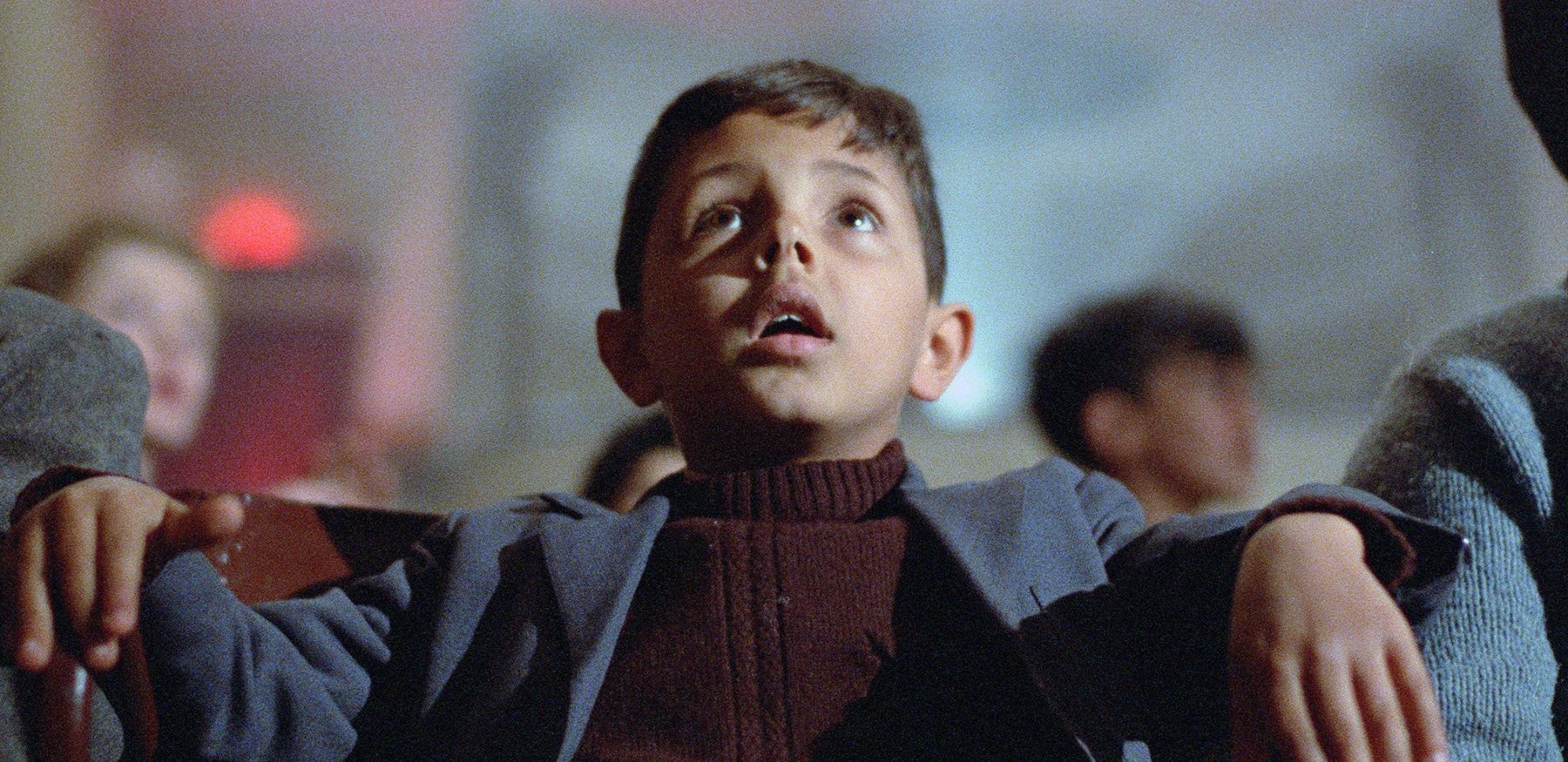It might be my job to watch TV for a living, but that still doesn’t make me immune to opening the best streaming services only to find myself endlessly scrolling. Either I’m not in the mood or I can’t agree with others sharing the remote, there are a number of reasons why it can be overwhelming deciding on what to watch.
Of course, I have an ever-expanding watchlist of new movies and TV shows, but that still doesn’t make choosing any easier, so being a tech journalist, I decided to turn to AI to see if a chatbot might be able to help navigate the thousands of titles available – and it left me truly inspired.
I decided to use ChatGTP (well, GTP-5 to be exact) for this week-long experiment, where I tried out several different prompts to see which was most successful in recommending something I actually ended up watching. Just note that it’s far quicker to still search where a title is streaming on JustWatch than to ask the chatbot, but as far as recommendations go, here are my favorites.
1. Become the director
ChatGPT prompt
“Pretend you are [insert director name here]. Recommend me seven movies you think I would enjoy, based on your own filmmaking style and preferences. For each, explain briefly why you think I’d like it, and avoid giving away major plot spoilers.”
Ever wanted to know what Christopher Nolan would recommend to you? Well, the next best thing from having him on speed dial is to get your AI into character by asking it to enter the mind of one of your favorite directors.
Being a Nolan fan, I was recommended a lot of movies I had already seen (a lot of which were from the filmmaker), but after clarifying that I’d like lesser-known films that still fit his tastes and style, I had a much better list of suggestions.
These were based on interviews that Nolan had previously done and so included citations to articles that allowed me to dig deeper into his top movies. I was even given a suggested viewing order, explanations for why I should watch them, and instructions on what to pay attention to – all in Nolan’s signature style.
2. Mood matcher
ChatGPT prompt
“I’m in the mood for a [insert mood, eg, feel-good, mind-bending, escapism] [specify movie/TV show] to watch [insert time of day, eg, Sunday evening, after work], and I’d like seven recommendations that mix well-known classics, hidden gems and new releases, with short, spoiler-free descriptions explaining why each film fits the mood.”
If you’re anything like me, your mood can play the biggest part in picking what to watch. For instance, Sundays are usually for family-friendly movies, while big action flicks are often reserved for a Friday night. But as most streaming services still rely heavily on genres, getting a reading on the mood of a film or series can be difficult.
This prompt worked best by drilling into really niche viewing experiences. If the first few recommendations weren’t a right fit (often because I’d already seen a lot of them), I was able to quickly generate several more based on small extra pieces of information about who I was with or what I watched during the same time last week.
I also singled out particular titles that I liked the sound of, and asked the chatbot to recommend similar movies and shows based on these picks, which ended up being the best way to refine the list.
3. Time travel
ChatGPT prompt
“Create a seven day movie playlist that captures the spirit of [a chosen decade/stage of your life] through film. Each day should feature a movie that represents a different facet of that era. Include a variety of genres and tones, make sure all films are highly rated, and provide a short one-sentence hook for each – no spoilers – that explains why it epitomizes that time.”
Sometimes I daydream about being in a different era, whether that’s rocking out with Jimi Hendrix in the 1960s or walking around a futuristic cityscape in a distant time from now – movies and TV shows can sometimes be the best time capsules.
Out of all the prompts I tried, this inspired the most conversation with GPT-5. I found myself going back and forth with the chatbot, not just to switch out movies I’d seen or that I didn’t think suited the theme, but to build on the ideas it was suggesting.
In the end, I ended up with a list that told the story of the world through movies, starting with The Tree of Life (2011), representing humanity’s origins, all the way to the next stage of civilization with Interstellar (2014), making for one epic movie marathon.
4. Genre crash course
ChatGPT prompt
“Create a seven day movie marathon that serves as a crash course in [insert genre]. Start with essentials, mix in hidden gems, international standouts, and modern reimaginings. No spoilers, just a short one-sentence hook for each.”
When it comes to watching movies and shows, I’d consider myself a genre-hopper. Often, I switch between sub-genres depending on my mood or who I’m with, but my Letterboxd diary can confirm that overall, I do tend to gravitate towards some more than others.
For instance, you’ll sooner get me to agree to a sci-fi spectacle than to watch a war movie, which is exactly why I think this prompt is worth trying out, because it’s one that will really encourage you to get out of your comfort zone.
That, for me, was film noir – a genre I’m not overly familiar with but since watching Sunset Boulevard (1950) I’ve been hooked. If you’re someone who enjoys learning about the history of cinema and its influences, this prompt is bound to take you on a journey.
5. Wild card
ChatGPT prompt
“Surprise me with a seven day watchlist of films and shows I’d never normally pick. Choose titles that are unexpected, genre-defying, or from filmmakers I’ve never explored. For each, give a short, spoiler-free description that captures why it’s unusual or surprising.”
It can be time-consuming going back and forth with ChatGPT, telling it which movies and TV shows you’ve already seen, but it’s honestly how you get the best results – how else is it supposed to know?
This meant that by the end of the week, my conversation with the chatbot was taking quite a long time to load, but I found this to be the best time to start asking it to recommend more random suggestions.
There are custom GPTs out there designed to work in this exact way – like a personalized streaming assistant that remembers your tastes to create more tailored watchlists. But they aren’t nearly as popular, and it’s more common to use prompts like the ones above instead.
Read the full article here















